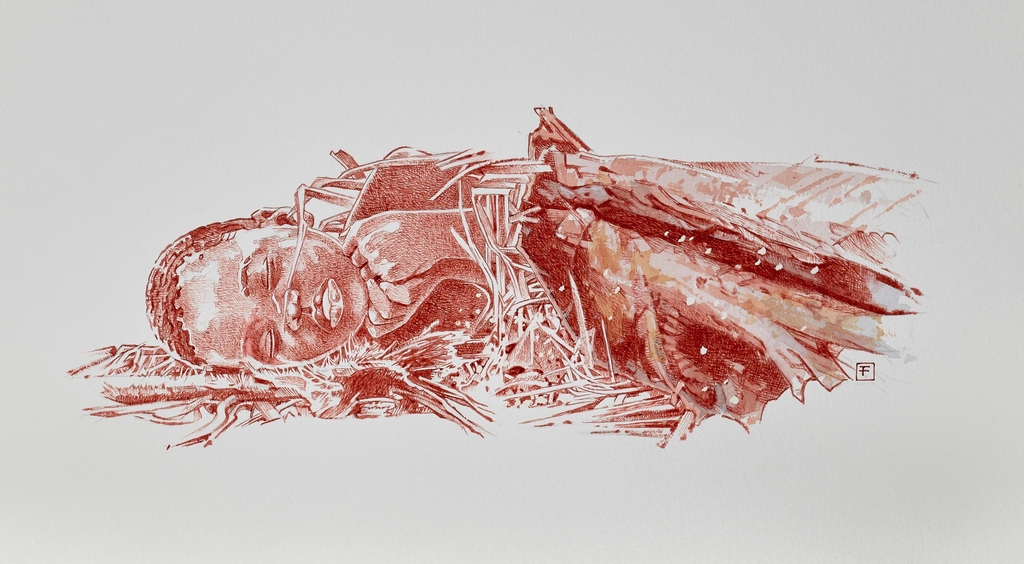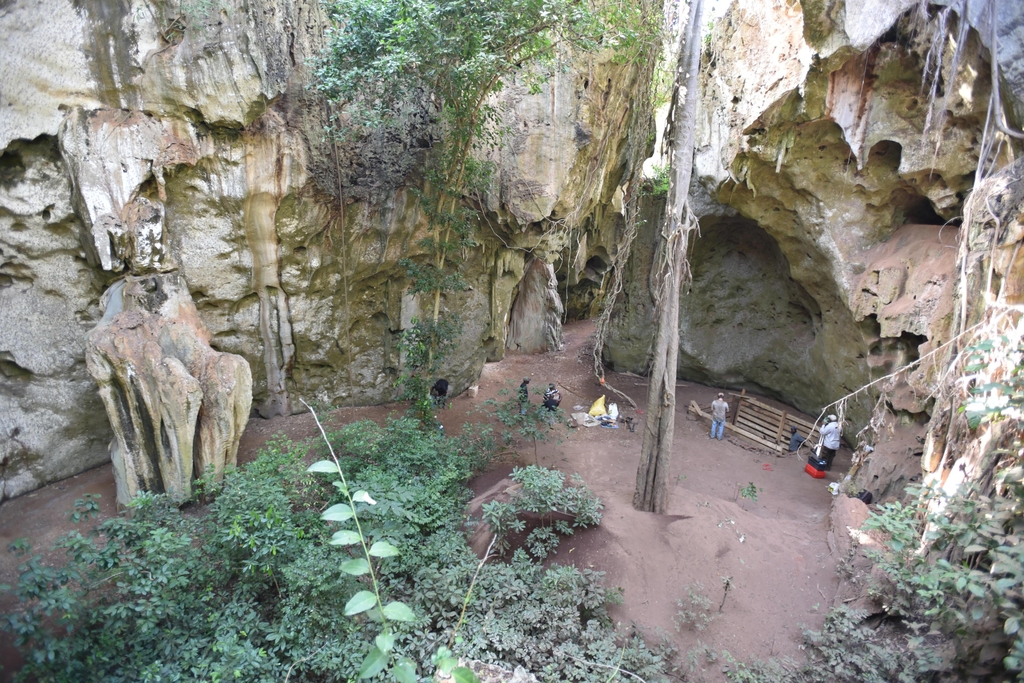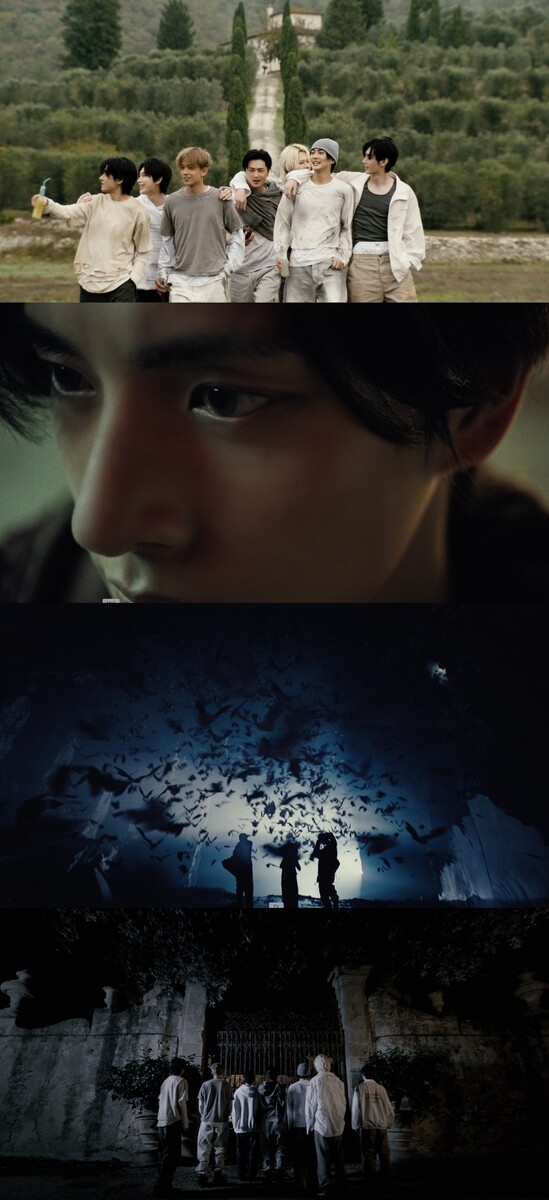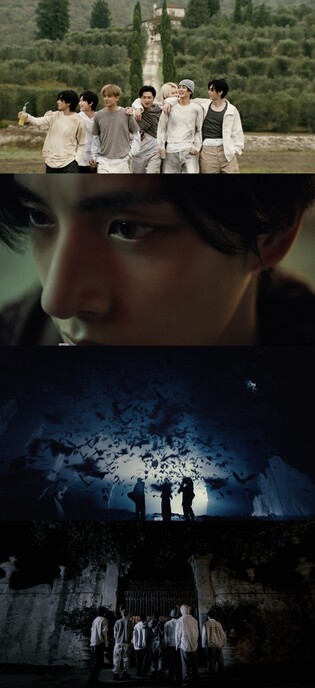 |
| ▲ This photo provided by Fernando Fueyo shows an illustration of how Mtoto would have looked like 78,300 years ago. (PHOTO NOT FOR SALE) (Yonhap) |
 |
| ▲ This photo provided by Jorge Gonzalez and Elena Santos shows the position in which Mtoto was found. (PHOTO NOT FOR SALE) (Yonhap) |
 |
| ▲ This photo provided by Mohammad Javad Shoaee shows the excavation site at the Panga ya Saidi cave. (PHOTO NOT FOR SALE) (Yonhap) |
SEOUL, May 6 (Yonhap) -- Researchers have found partial remains of infants, believed to have been buried about 78,300 years ago, from caves in eastern Kenya.
It is believed to be the oldest tomb found
in Africa, the birthplace of mankind, and is regarded as a relic of the burial
methods of prehistoric humans in Africa.
According to the science journal, Nature, and
CNN, the remains which were found to be a child of about two and a half or
three years old, were found lying on his right side with their legs curled up toward
their chests at the entrance of the Panga ya Saidi cave near Kenyan coast.
The child's head is believed to have been
supported by a pillow made with some sort of rotting material, and the torso
appeared to have been wrapped tightly with leaves or animal skins.
The dental characteristics of the child,
which was identified through the teeth match Homo sapiens, confirming that they
are modern human ancestors.
It was not until 2017, nearly four years
after the first remains were released in 2013. Since then, the remains have
been nicknamed "Mtoto," which means "child" in Swahili.
The pit where Mtoto was lying was
intentionally dug through soil analysis, and the body was found to have been
covered with soil on the bottom of the cave. It was also analyzed that the body
was buried without decomposition and rotted in the ground.
The research team, which published the
results of the excavation in the latest issue of Nature, said that the partially
excavated bones and surrounding soil were deliberately buried, suggesting that
funeral ceremonies may have been held in Mtoto's group, therefore proving that
prehistoric humans were capable of symbolic thinking and complex social
behavior.
Dr. Maria Martinon-Torres, director of the
National Research Center of Human Evolution, who led the research team, said "This
type of movement of the head is usually found in those burials where the head
is resting over a pillow or perishable support -- the moment that support
disappears, disintegrates, decays, it creates a space below the head and
because of gravity the head tilt."
In Europe and the Middle East, modern humans
and Neanderthals buried the dead in tombs that date back about 120,000 years,
but in Africa prehistoric graves are rare and Mtoto's tomb are recorded as the
oldest.
Professor Michael Petraglia of Max Planck
Institute for the Science of Human History said, "Archaeologists have been
very busy in the Near East and Europe for 150 years, with continuous
excavations. If the same amount of work happened in Africa, we might find more
and older burials."
The research team said that Mtoto's tomb is different from Neanderthals and Eurasian modern human ancestors who buried dead people in their residences, shedding light on regional differences in modern human evolution.
(END)
(C) Yonhap News Agency. All Rights Reserved

























![[가요소식] TXT](/news/data/20251220/yna1065624915960696_833_h2.jpg)









